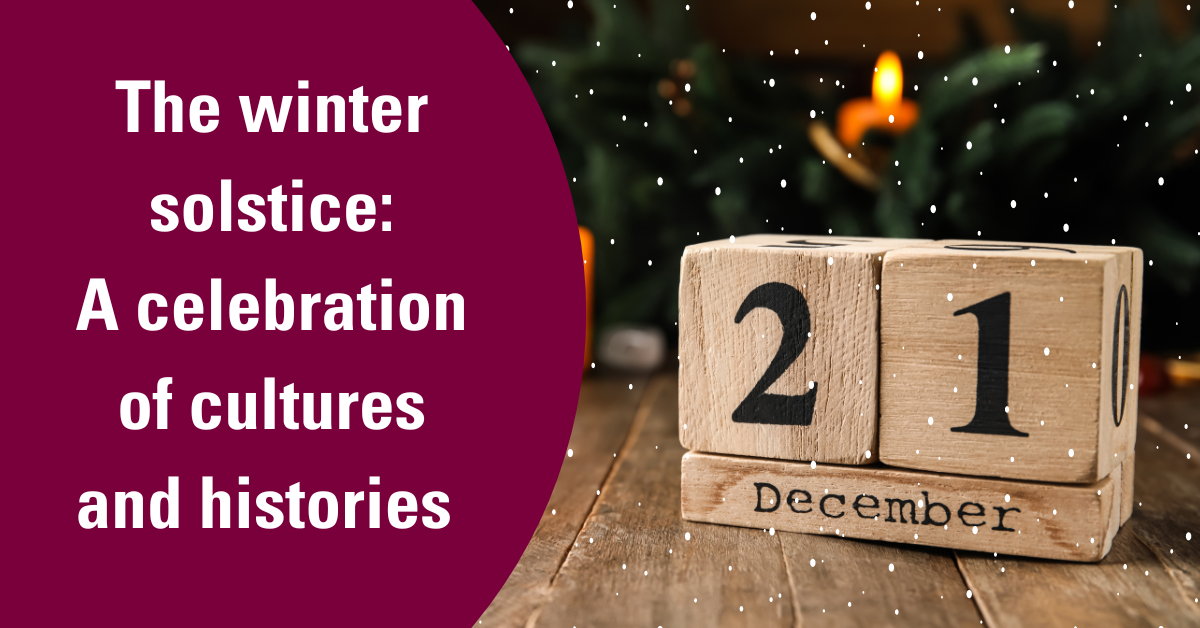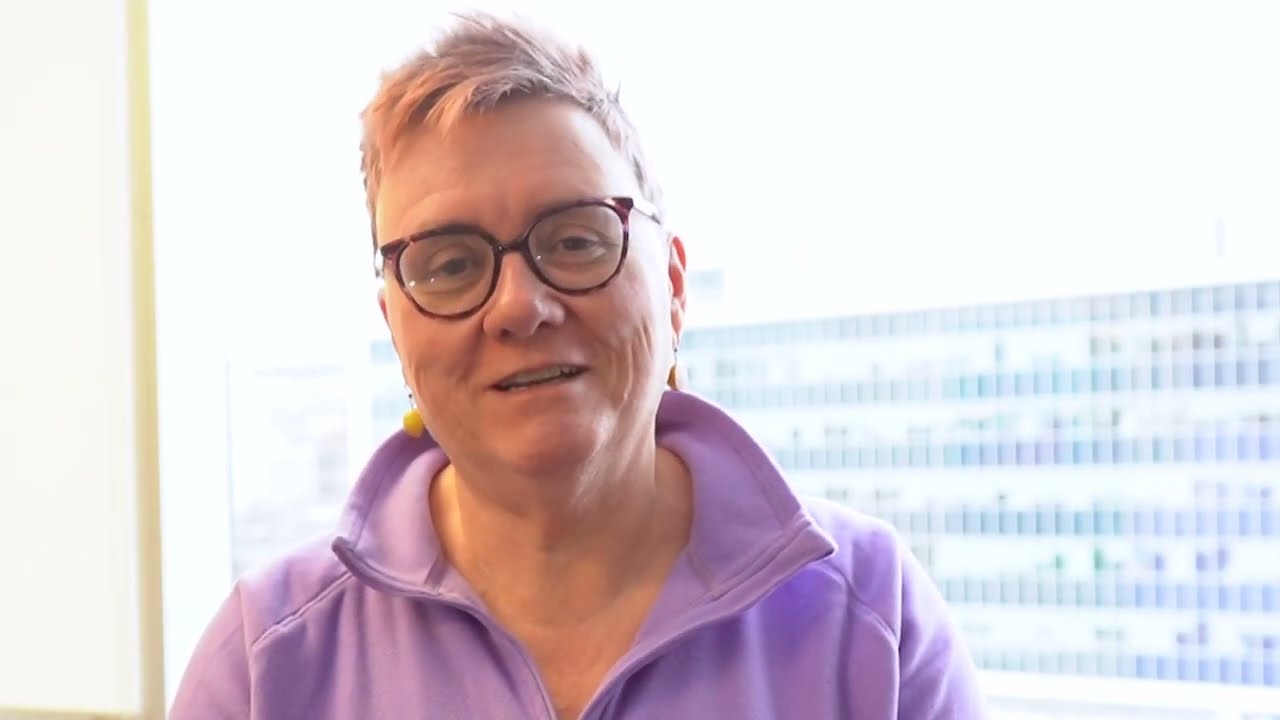The winter solstice: A celebration of cultures and histories

Wednesday, December 21, 2022 is the first day of winter in the Northern Hemisphere, and it’s the shortest day and longest night of the year as the Earth tilts the furthest away from the Sun. This year, the moment occurs at 4:48 p.m. ET.
Jennifer Lawson, Business Analyst with DFM Research, shares what the winter solstice means to her, and the many cultural and historical meanings and celebrations.
You may have observed in these December days that the sun arcs differently compared to its summer course. The sun rises, sets and arcs across the sky in a more southernly and low position at this time of year. One way to observe this is to go outside at noon and take a look at your shadow where you can see an elongated shadow compared to the near negligible one in June. I have taken a few sunny day photos these last few weeks and take a little delight in my towering shadow.

Some cultures observe the winter solstice to be the midpoint in the winter season rather than its beginnings. This makes sense when you think of “wintertime” weather setting in around December 1 and lifting about February 28, give or take the odd snowstorm. Some take comfort in knowing that the winter solstice and onward to the summer solstice, the days become longer as the Earth’s tilt comes back from this extreme point.
The winter solstice is culturally and religiously significant to many groups of people in ancient times that seem to find their way to modern interpretations.
- Stonehenge in England and Newgrange in Ireland demonstrate some awe-inspiring planned placement of stones in alignment with specific placement of the sun at that time of year.
- The Roman celebration of Saturnalia was celebrated with feasting, gifts, games and festive gatherings.
- The Norse jól or Juul, referring to the pre-Christian festival observed in Scandinavia at the time of the winter solstice, featured feasting and caroling, as well as ceremonial burning of the yule log over 12 nights to welcome the Sun back to the world.
- In China, the festival Dongzhi, or the “arrival of winter,” is an end-of-harvest festival, marked with a celebration of food and time spent with family.
- In Indigenous cultures, the winter solstice was a time to honour the natural cycles and patterns. First Nations around the Great Lakes perceive the winter solstice time for rest for animals and plant and a time for people to replenish this spirit, reflect and tell stories around the fire.
- In the nighttime sky, we can see the Seven Sisters constellation (the Pleiades), a favourite one of mine. Many cultures have stories around this constellation. In the Cree tradition, this star grouping is thought of as the hole in the sky and the place of origin to which the people would return.
Taken as a whole, I find it fascinating and comforting to see similar and interwoven patterns among the different cultural traditions recognized and perhaps reinterpreted and celebrated at this time of year.
For me, the winter solstice marks perhaps more meaning than the other more prominent celebrations of this time of year. I appreciate the natural signals that increased darkness and cold temperatures give me, telling me that it is time to slow down, practice some self-care, take time to contemplate, feel gratitude, set good intentions for days to come and that my gardens are having a well-deserved rest too.
Interested to learn more about the winter solstice?
- The Almanac: first day of winter
- NDN Collective: acknowledging the winter solstice is a decolonial act for Indigenous people
- Great Lakes Guide: winter solstice
- CBC: winter solstice in the Cree tradition
- The conversation: The world’s oldest story? Astronomers say global myths about ‘seven sisters’ stars may reach back 100,000 years



